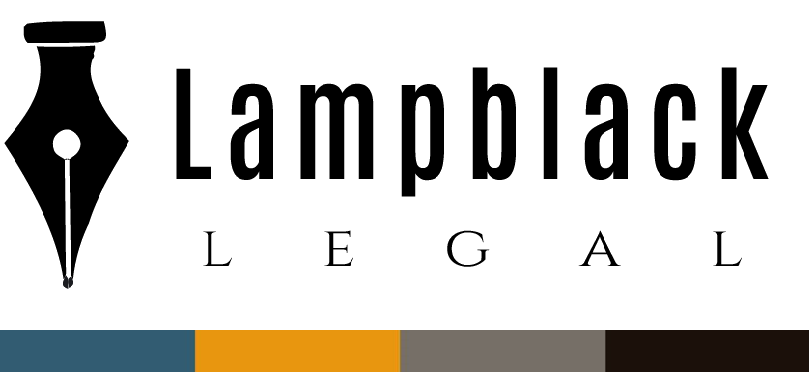Settling employment related legal claims
Most private sector employees in the United States are employed “at-will”, meaning they can be terminated without reason, notice or compensation.
Just because there's no requirement to pay private sector employees severance pay, doesn't mean that it’s necessarily a good idea in practice. A scenario we see reasonably frequently is the following - within a few weeks of hiring a new workers, it becomes apparent to the employer that things aren’t working out. It could be that the new employee is underperforming, that they're chronically late for work, or because their abrupt communication style is disrupting the workplace.
Maybe the employer has given the employee an opportunity to improve or maybe they haven’t. Maybe the employee is fully aware that things aren't working out or maybe they're not. Regardless, the employer decides to terminate the employee and does so abruptly and without any kind of severance or compensation. The company soon hires a replacement worker and most of the time that’s the end of the matter.
Occasionally though, the ex-employee feels hard done by and decides to pursue a claim against the employer. This often starts with a claim with the Equal Employment Opportunity Commission - the federal agency responsible for investigating employment related discrimination claims (those based on race, color, religion, sex (including pregnancy, sexual orientation, or gender identity), national origin, age (40 or older), disability and genetic information (including family medical history). It may be that the employee genuinely believes that their protected characteristic played a role in their termination, or it could be that they pursuing a claim out of vengeance. Whichever it is, filing a claim is free, relatively quick, and the employee need provide no corroborating evidence of the discrimination they’re alleging.
Whether the claim is legitimate or otherwise, the employer is required to respond to the allegations. This typically requires the employer to retain legal counsel and to submit documentary evidence to rebut the ex-employee’s claims. This can cost several thousand dollars minimum, as their counsel interviews employees, drafts a formal response, and communicates with the EEOC.
The EEOC may, or may not, issue a "Right to Sue" letter which is required for the employee to bring a formal claim for damages in federal court for many (though not all) discrimination claims. If the employee does file a discrimination claim in federal court (filed pro se this costs $350, though fee waivers are available), the employer must answer the claim and mount a defense in order to avoid a default judgment. This can cost multiples of the amount required to respond to the initial EEOC claim.
Employers are generally reluctant to settle with the employee in this scenario - why encourage bad behavior and reward what they perceive as the ex-employee's dishonesty? Often though, litigating the matter amounts to throwing good money after bad: there are certain steps in every court case that necessitate attorney time - drafting an Answer, deciding whether to file a Motion to Dismiss, attending preliminary and discovery conferences, drafting interrogatories and document requests… these all cost money but rarely feel like tangible progress to the client. Ultimately, the cost and frustration inherent in the process frays nerves, distracts from the company’s business.
If all of this can be avoided in exchange for a nominal settlement amount - as unpalatable as that may seem - the long term savings in terms of time, energy & effort can be a relative bargain.
